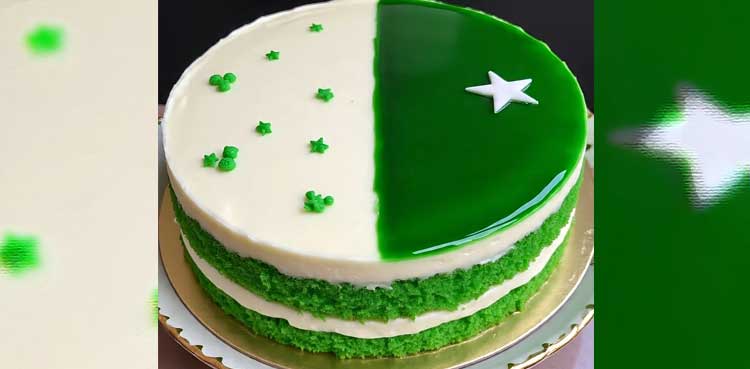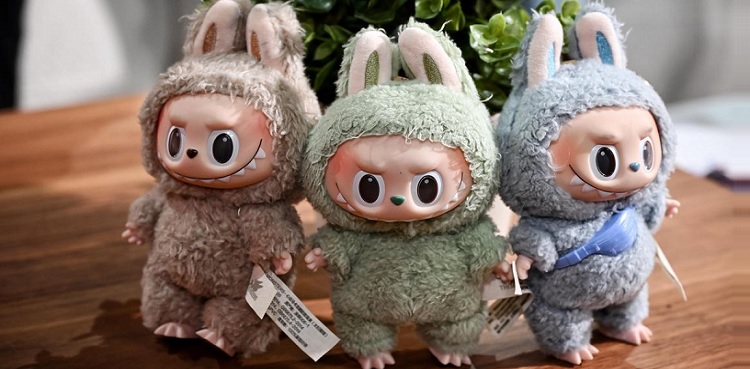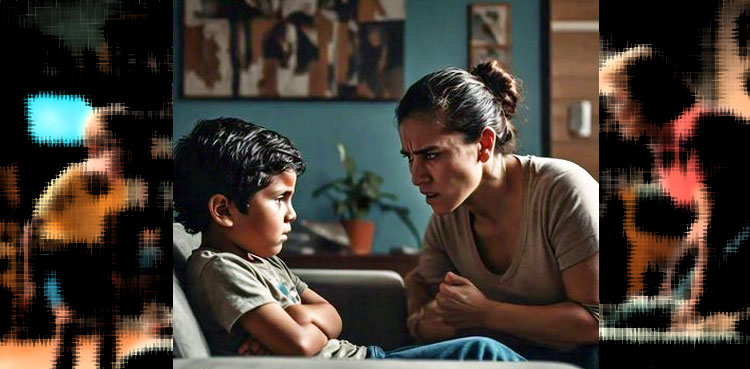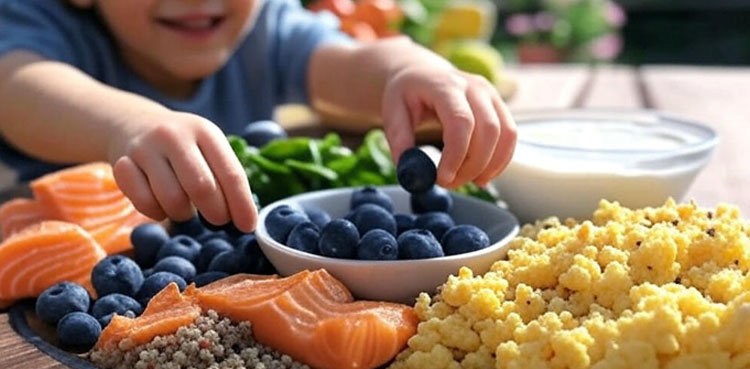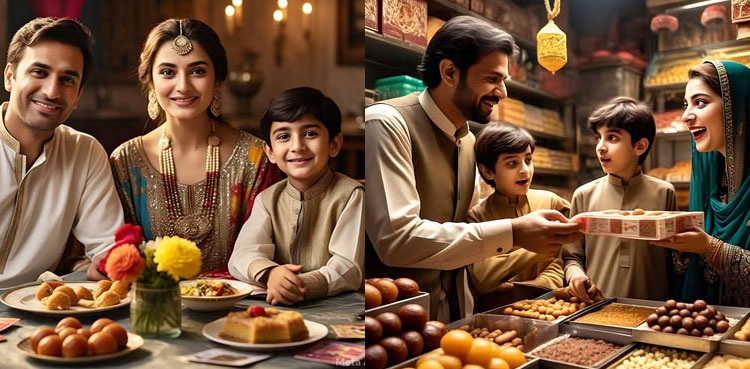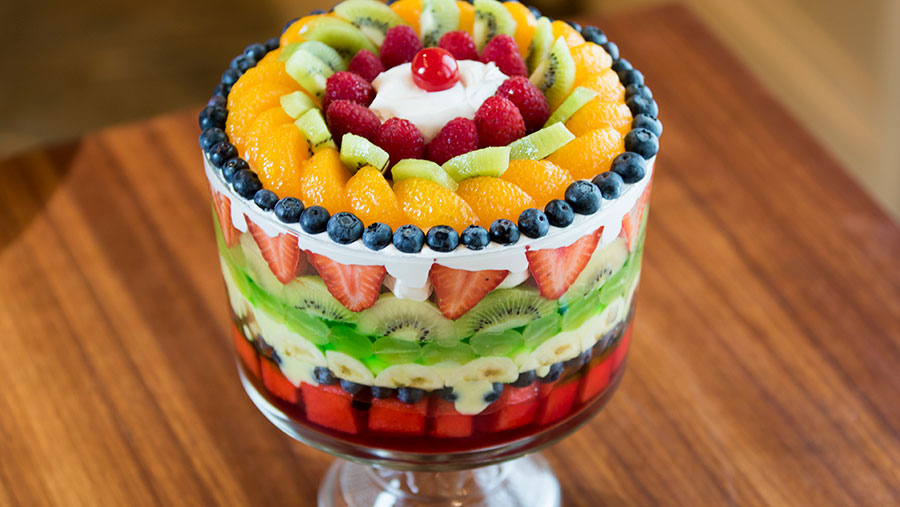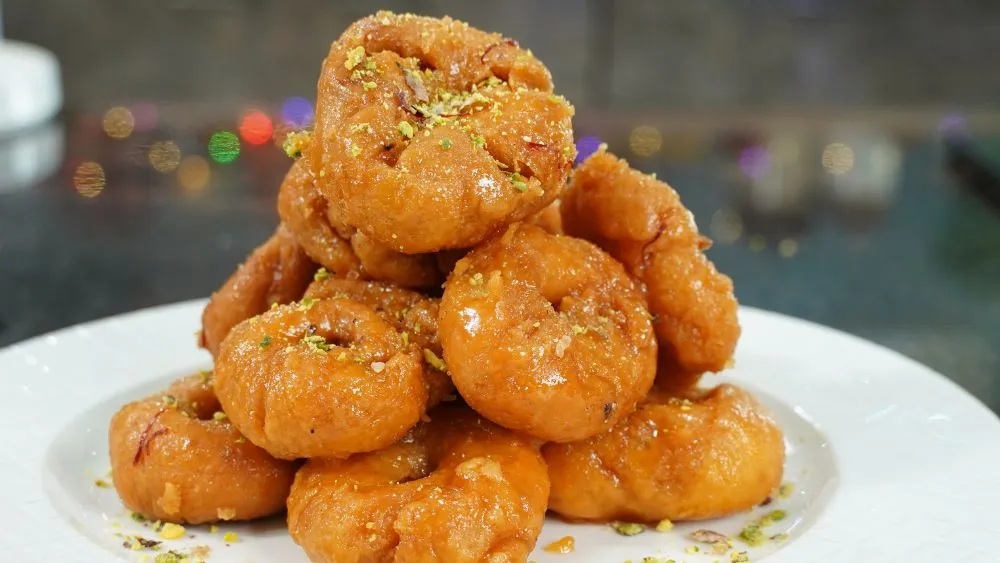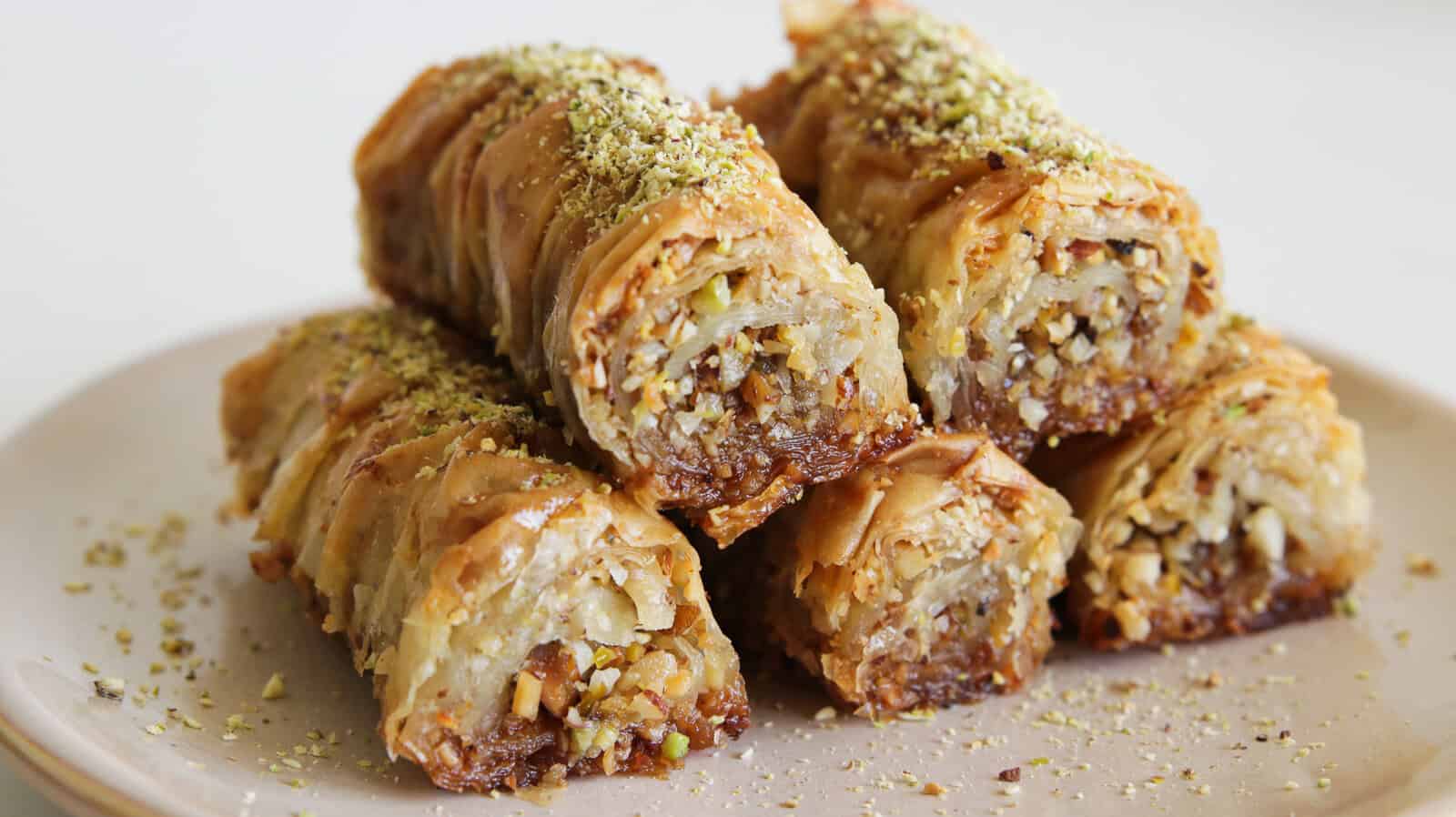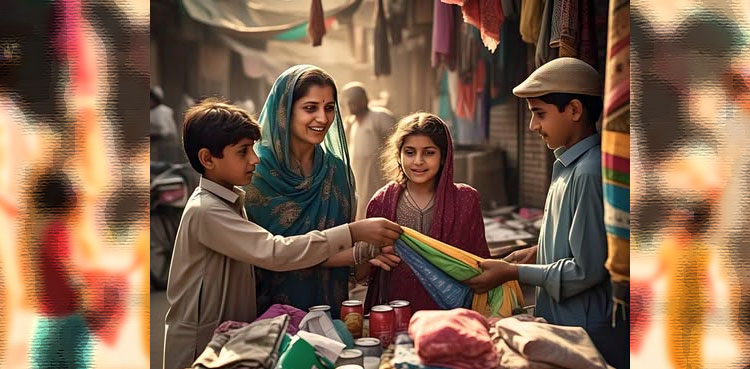Ron Howard’s Eden is a gripping survival thriller that dives into humanity’s darkest instincts, but despite a talented cast featuring Sydney Sweeney, Ana de Armas, and Vanessa Kirby, it doesn’t quite live up to its promise.
Lifestyle News – Latest Entertainment News, Celebrity Gossip
The story races along like a high-stakes melodrama, leaning heavily on exaggerated characters, steamy encounters, and predictable twists instead of exploring deeper themes. Some storylines fizzle out abruptly, yet Jude Law and Sydney Sweeney deliver raw, authentic performances that capture the brutal reality of survival where civility crumbles under primal urges.
Set in 1929 and inspired by true events, Eden follows German philosopher Dr. Friedrich Ritter (Jude Law) and his devoted partner Dore Strauch (Vanessa Kirby) as they flee post-war Germany for the remote Galápagos Islands, seeking a pure, nature-driven life free from society’s corruption. Ritter, ever the eccentric, removes his teeth to live with steel dentures, while Dore, battling multiple sclerosis, pins her hopes on his intellectual brilliance to cure her.
Eden Movie Rating: 2.5/5
- Release Date: August 22, 2025
- Runtime: 120 minutes
- Director: Ron Howard
- Writer: Noah Pink
- Producers: Brian Grazer, Karen Lunder, Patrick Newall, Stuart Ford
A Shallow Take on Island Survival in Eden Movie
The couple’s solitude is shattered in late 1932 when Heinz Wittmer (Daniel Brühl), a war veteran and bureaucrat, arrives with his young wife Margret (Sydney Sweeney) and sickly teenage son Harry (Jonathan Tittel). Drawn by sensationalized European news about Ritter’s adventures—unknown to Ritter and Dore—the Wittmers face a cold welcome, as the originals withhold help, hoping to drive them away. Tensions rise further with the arrival of Baroness Eloise Bosquet de Wagner Wehrhorn (Ana de Armas), who storms in with her two lovers, Robert (Toby Wallace) and Rudy (Felix Kammerer), a servant, Manuel (Ignacio Gasparini), and a wild plan to build a luxury resort. Her selfish resource-grabbing during a crippling drought infuriates the island’s inhabitants. Unlike a lush paradise, Floreana is a harsh, volcanic wasteland with scarce water, poor soil, and threats from wild dogs and pigs. Ron Howard, known for films like Splash, Apollo 13, and A Beautiful Mind, uses sweeping aerial shots and muted colors to highlight the grueling landscape, making it clear survival is a hard-won battle.
Wild Excess and Drama in Eden Movie
Eden dives straight into the action, introducing its key players within minutes and skipping detailed backstories before stranding them on the island. Time leaps forward in quick montages, with the Wittmers somehow building a sturdy home—a feat that raises questions given Ritter and Dore’s struggles over years. This rushed pacing undermines relationships, especially between Ritter and Dore. Jude Law commands the screen as the pompous philosopher typing grandiose ideas, but Vanessa Kirby, a brilliant actress, feels underused, reduced to praising Ritter or mocking others before a pivotal moment that lacks buildup, hinting at possible cut scenes.
Ana de Armas, as the Baroness, plays an over-the-top villain, flaunting her charm while manipulating her silent followers. Her scheming is so blatant it’s hard to believe anyone falls for it, though the film briefly acknowledges this with a skeptical minor character.
Survival Struggles and Stellar Performances in Eden
Sydney Sweeney shines as Margret, a grounded heroine who transforms from a terrified newcomer into a resilient pillar for her family, supporting Harry’s health in the island’s climate. Sweeney brings impressive depth, revealing Margret’s reasons for marrying an older man through subtle growth. Daniel Brühl complements her as Heinz, a flawed but decent man who lets her take the spotlight. As resources dwindle, Eden descends into a predictable fight for dominance, where desperation trumps ideals. Ron Howard, a masterful director, chooses quick thrills over a thoughtful conclusion, leaving Eden engaging but lacking the depth richer character arcs could have provided.
Produced by Imagine Entertainment, AGC Studios, Library Pictures International, and Medan Productions, Eden hit theaters on August 22 via Vertical. For fans of Sydney Sweeney, Ana de Armas, and Vanessa Kirby, this visually striking survival tale is worth a watch, even if it skimps on emotional depth.

